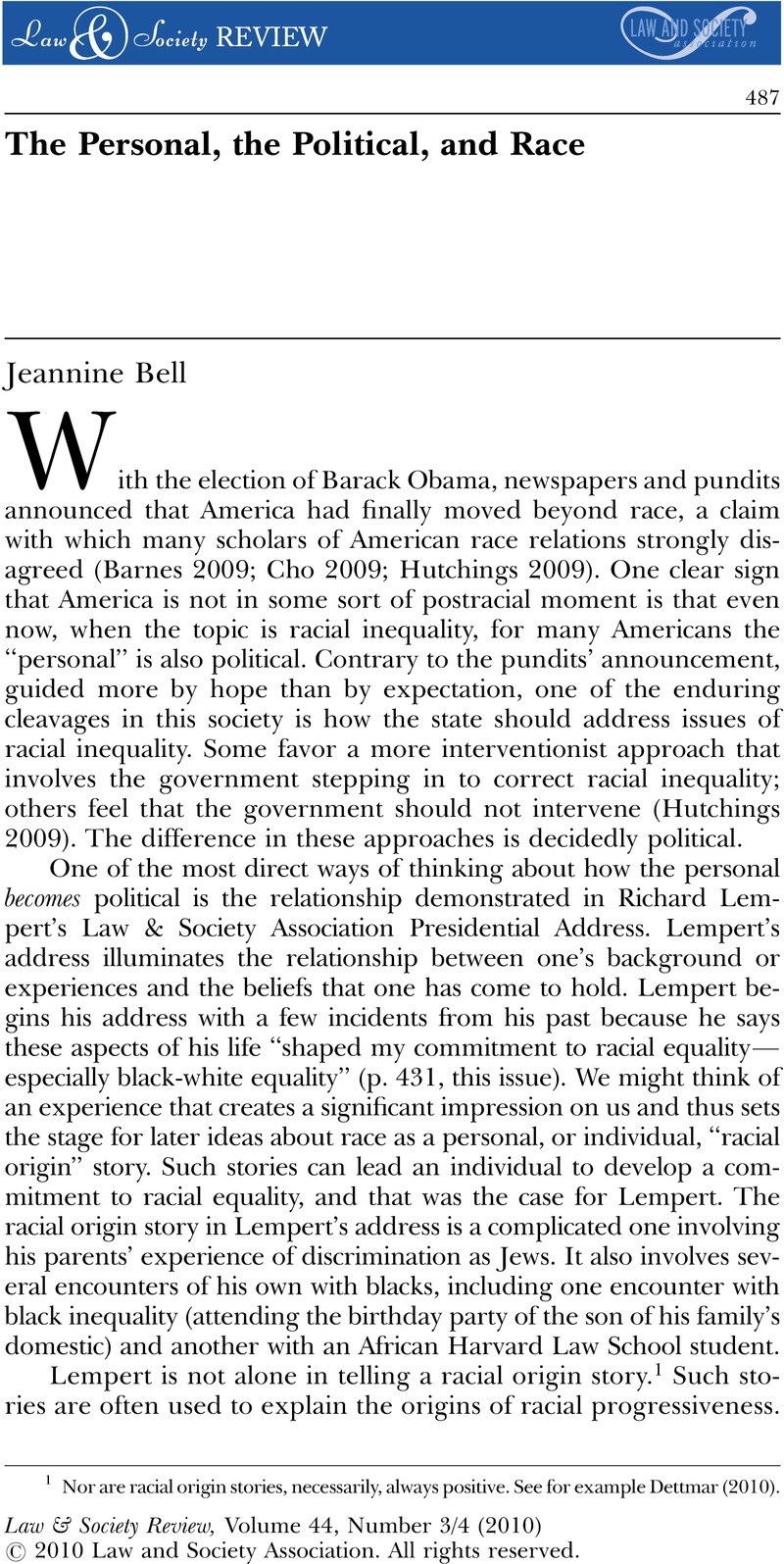Crossref Citations
This article has been cited by the following publications. This list is generated based on data provided by Crossref.
Snyder, Greta Fowler
2011.
Self-work and the Reproduction of Privilege: Reading Beloved against Antigone.
Polity,
Vol. 43,
Issue. 4,
p.
462.
Gómez, Laura E.
2012.
Looking for Race in All the Wrong Places.
Law & Society Review,
Vol. 46,
Issue. 2,
p.
221.



